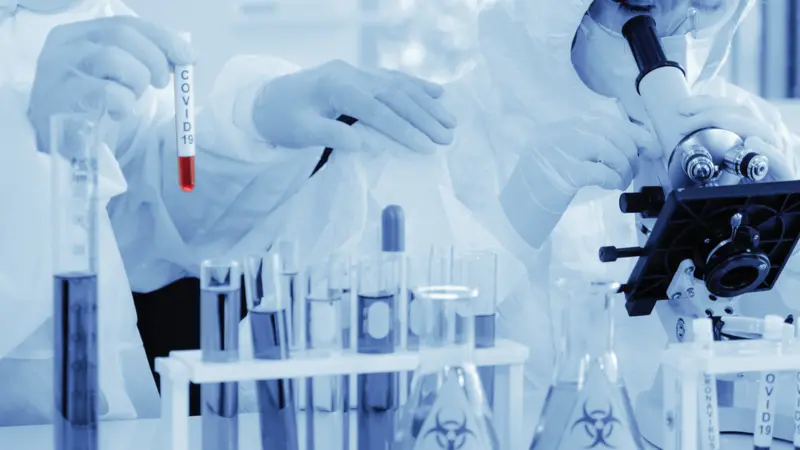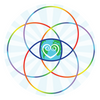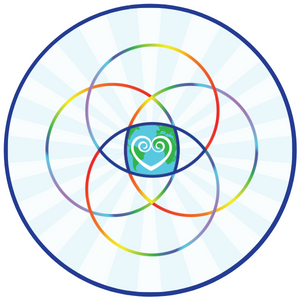

WELLthier Living and Aging

WELLthier Living and Aging
COVID-19: Review of Clinical Features, Diagnoses, and Treatment
Coronavirus (COVID-19) belongs to a large family of viruses that cause the common cold as well as more serious strains such as SARS and MERS. Coronaviruses are responsible for 5-10% of all acute respiratory infections. The current outbreak, first detected in late 2019, presented in the form of pneumonia in Wuhan, China. COVID-19 is highly contagious and has resulted in a rapid pandemic around the world.
Although the origin of COVID-19 was traced to animal-to-human transmission at a seafood market, human-to-human transmission is now considered the main form of transmission. Individuals who remain asymptomatic can transmit the virus. However, the most common source of infection is symptomatic people. Transmission occurs from the spread of respiratory droplets through coughing or sneezing. Data also suggest that close contact between individuals can also result in transmission.
The COVID-19 virus has an incubation period of three to seven days, and an infected person is likely to infect an average of 2.2 additional individuals.
The most common symptoms include fever, fatigue, dry cough, sore throat, headache, muscle pain, and malaise. The majority (81%) of cases are mild in severity. Patients with severe disease present with pneumonia, acute respiratory distress, and sepsis. Even in severe forms, fever may be absent or moderate.
Isolation remains the most effect measure for containment of COVID-19. Treatment includes managing symptoms and oxygen therapy. Administration of antibiotics and corticosteroids should be avoided. Therapeutically, alpha-interferon, chloroquine phosphate, and lopinavir have been suggested. Ongoing clinical studies suggest that remdesivir can be used for prophylaxis and therapy.
Prevention measures include covering coughs and sneezes, frequent handwashing, and avoiding public gatherings. Healthcare personnel must use protective equipment such as N95 masks, FFP3 masks, gowns, eye protection, and gloves. The rapid spread warrants intense surveillance and isolation protocols to prevent further transmission.
REFERENCES
Hassan, S., Sheikh, F. N., Jamal, S., Ezeh, J. K., & Akhtar, A. (2020, March 21). Coronavirus (COVID-19): A review of clinical features, diagnosis, and treatment. Cureus 12(3): e7355. https://www.cureus.com/articles/27924-coronavirus-covid-19-a-review-of-clinical-features-diagnosis-…


 By
By



